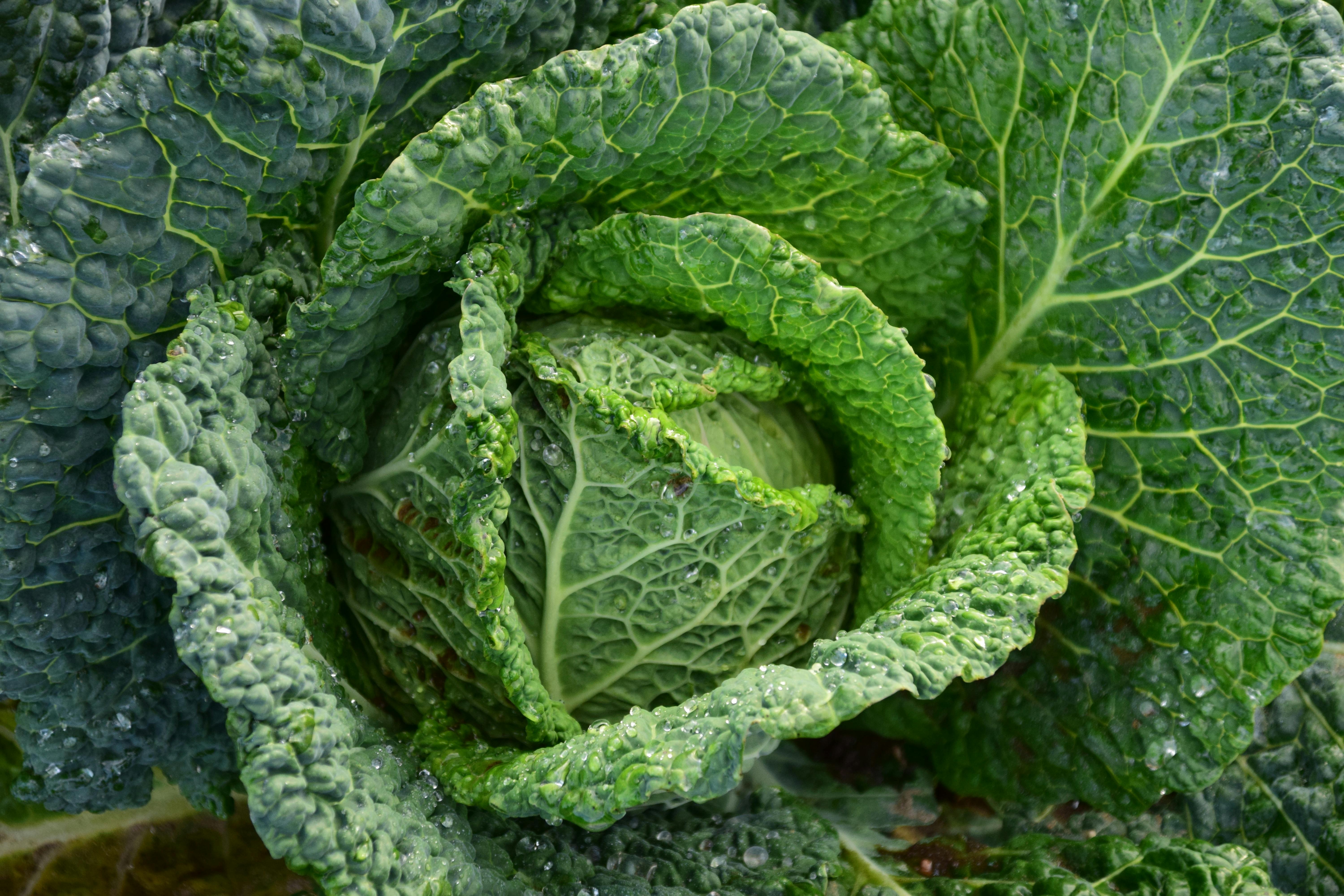Vegetables are a great source of nutrition and can make a delicious addition to any meal. Growing your own vegetables in a raised garden bed can be an enjoyable and rewarding experience. A raised garden bed allows for better drainage, more consistent soil temperature, and less competition from weeds. With the right care and attention, you can grow a wide variety of vegetables in your raised garden bed. Some popular vegetables to grow in raised beds include tomatoes, peppers, cucumbers, lettuce, squash, beans, carrots and radishes.The benefits of growing vegetables in raised garden beds include better drainage and aeration, improved soil quality, easier access for planting, harvesting and tending to the garden, and fewer pests and weeds. With improved drainage and aeration the roots of the plants are able to grow deeper into the soil resulting in healthier plants that can withstand extreme weather conditions. The soil quality is also improved due to the better air circulation which allows beneficial microorganisms to thrive. Raised beds also make it easier for gardeners to access their plants without having to bend over or kneel down. Additionally, raised gardens can reduce pests and weeds since they
Materials Needed to Construct a Raised Garden Bed
Building a raised garden bed is an excellent way to have a flourishing vegetable patch without having to use too much space. You can make your own raised garden bed with just some basic materials. Here is a list of materials you will need for the construction of your raised garden bed:
Wood – You will need wood planks or boards that are sturdy enough and preferably rot-resistant. Cedar, redwood, and pressure-treated pine are all good options. The wood should be at least 1
Step 1: Choose a Size and Location for Your Raised Garden Bed
The first step in building a raised garden bed is to decide on the size and location of your bed. You’ll want to pick a spot that gets plenty of sunlight, as well as one that is far away from any trees or other large plants. Once you’ve selected the ideal spot for your bed, determine how big you want it to be. You can choose from standard sizes such as 4×4, 4×8, or 8×8, or customize it to fit your needs.
Best Vegetables to Grow in a Raised Garden Bed
Raised garden beds are a great way to grow vegetables, as they provide good drainage, adequate soil depth for the root systems of most vegetables, and help keep weeds at bay. Some of the best vegetables to grow in raised garden beds include carrots, tomatoes, peppers, kale, spinach, green beans, and squash.
Carrots are ideal for raised beds because they require deep soil for their long taproots. Carrots may be slow to germinate, but once
https://images.pexels.com/photos/2886937/pexels-photo-2886937.jpeg
Preparing the Soil for Planting in a Raised Garden Bed
Creating a raised garden bed is an excellent way to cultivate vegetables and flowers. But before you start planting, it’s important to properly prepare the soil. To ensure your plants are healthy and successful, follow these steps for preparing the soil for planting in a raised garden bed.
Start by removing any weeds or other vegetation from the bed. This will help prevent any unwanted pests or disease from infiltrating your garden. Next, loosen the soil by digging it up and

Preparation
Raised garden beds are ideal for growing vegetables, as they provide better drainage, warmer soil temperatures, and less soil compaction than traditional garden plots. To begin preparing your raised bed for planting vegetables, start by selecting a spot that gets plenty of sun and is protected from strong winds. Once you’ve chosen your spot, determine the size of your raised bed and mark off the area with stakes and string. Next, use a shovel to till the soil in the bed to a depth of at least 8 inches and mix in organic matter such as compost or aged
Pests and Diseases of Vegetables Grown in a Raised Garden Bed
Raised garden beds are becoming increasingly popular among gardeners as they provide several benefits such as improved soil drainage, better aeration and easier access to the plants. Despite these advantages, vegetable plants grown in raised beds can still suffer from pests and diseases. Common pests that attack vegetables grown in raised beds include aphids, beetles, mites, thrips, caterpillars and whiteflies. These insects can cause significant damage to vegetables by feeding on the foliage or sucking sap from the stems and
Raised Garden Bed
A raised garden bed is a great way to grow vegetables in any sized yard. It allows you to have complete control over the soil, drainage, and sunlight that your vegetables need to flourish. With proper planting and maintenance, you can enjoy a bountiful harvest of delicious vegetables. Here are some tips on how to get the most out of your raised garden bed.
Location
When selecting a spot for your raised garden bed, make sure it is in an area that gets at least

Conclusion
Raised garden beds offer great potential for growing a variety of vegetables. They provide the opportunity to control soil quality and moisture, while allowing you to use more efficient space than traditional flat gardens. Growing in raised beds offers the advantage of improved drainage and soil aeration, resulting in a healthier garden. With careful planning and management, you can grow many types of vegetables in a raised bed, including tomatoes, peppers, lettuce, squash, beans, and corn.
Raised beds are an ideal solution for those who have limited space or who want
